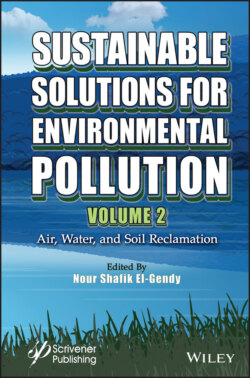Читать книгу Sustainable Solutions for Environmental Pollution, Volume 2 - Группа авторов - Страница 50
1.11.1 Biodiversity Management
ОглавлениеWithout proper management, CWs can promote biological invasion or act as an “ecological trap” for native species, i.e., trapping them in poor-quality habitat, jeopardizing individuals or the local or regional population (Sievers et al., 2018). Integrated basin-wide management and connection to natural wetlands can partially mitigate these negative impacts on the long-term biodiversity (Zhang et al., 2020a).
In CWs, the existence of suitable habitat and predatory pressure are the two factors influencing aquatic macroinvertebrate community structure. Fish are often the main predators in CWs and have an influence on the richness, density, diversity, and structure of aquatic macroinvertebrate communities (Hsu et al., 2011). Swans, ducks, and coots feed on aquatic vegetation: they can cause some damage, such as on floating mats.
The different factors can be actuated by proper management of CWs and can therefore be used to increase biodiversity. Among the environmental factors influencing CW biodiversity, connectivity is considered a key factor in the colonization by aquatic fauna. Indeed, the connectivity of CWs with other nearby lentic water bodies and their distribution in the landscape are at the heart of conservation strategies. Connecting CWs to the various water bodies isolated in the landscape by ecological corridors facilitates connectivity. In addition, for macroinvertebrates with low mobility such as gastropods, the introduction of sediment and vegetation samples from surrounding natural wetlands facilitates the colonization of new CWs by local flora and fauna species. In all cases, the introduction of invasive species should be avoided (Becerra-Jurado et al., 2012). Increasing the heterogeneity or complexity of habitats and their age increases the biodiversity of CWs. In order to maintain the biodiversity, it is essential to maintain irregular depth profiles by adjusting water depth and controlling the macrophyte sprawling (Manzo et al., 2020).
Although considered as low-maintenance systems, NBSs require minimal maintenance, such as monitoring the banks, and the quality of both the final effluent and the receiving water. Part of this monitoring can be easily carried out by local residents. In addition, the importance of the biodiversity of CWs for agricultural areas should be explained to farmers and local communities through educational programs (Becerra-Jurado et al., 2012).
